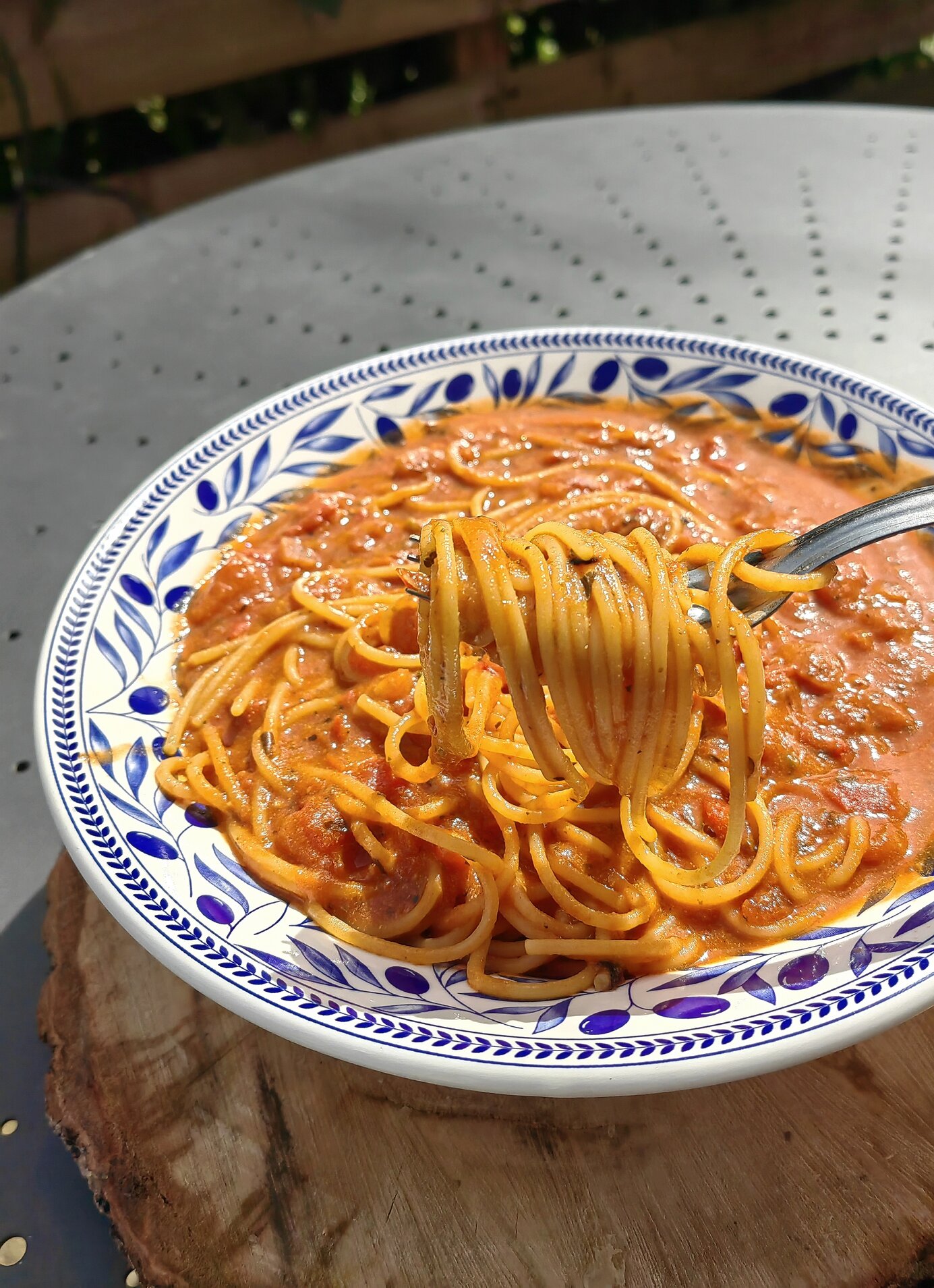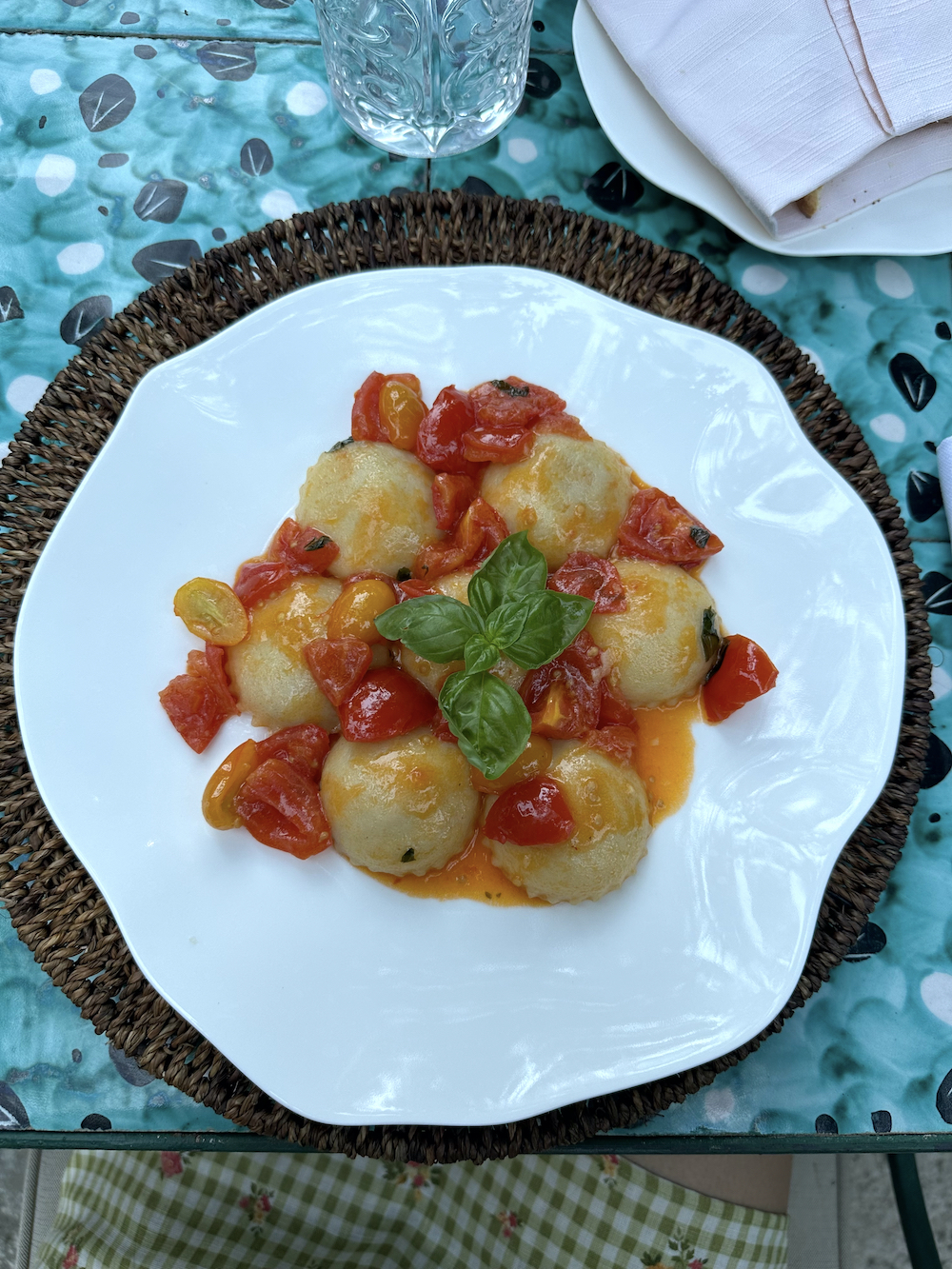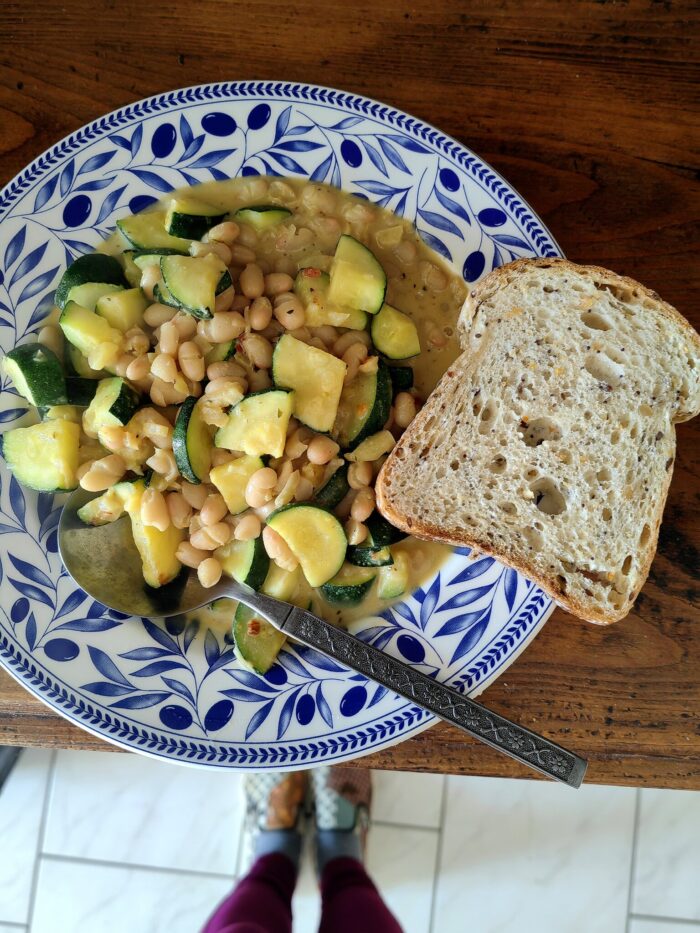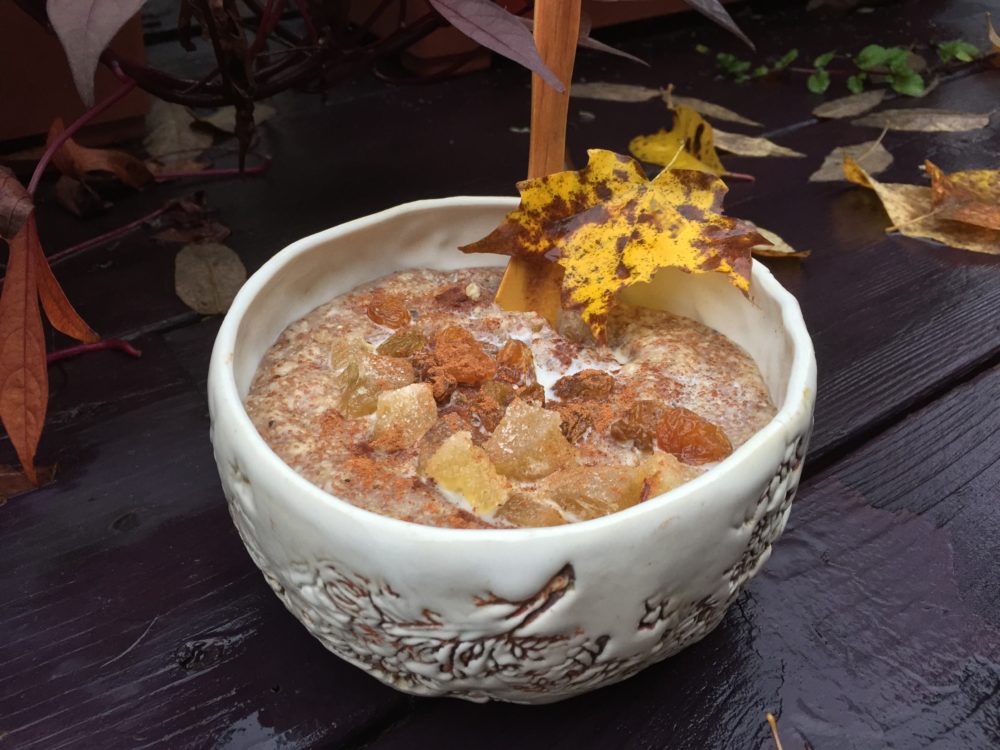As much as I would love to have a diet composed of 99% raw, nutrient-dense goodness, I also appreciate life's little treasures, like pizza, vegan donuts, caffeine, and alcohol. I'm not planning on giving these treats up anytime soon (what fun is that?), but I do try to counterbalance them with gut-friendly goodies to keep me feeling my best.
One of my favorites is sauerkraut, which I have been known to eat straight from the jar. What can I say, this girl likes her salt. The stringy, white stuff of hot dogs and pierogies past is okay, but I prefer a sauerkraut with a larger hit of color and flavor. That's why I'm currently obsessed with this beetroot kraut, with its rich crimson color and crunchy texture.
Trepidation be gone--sauerkraut a whole lot easier to make than you may think. For those of you who aren't yet super familiar with home fermentation, take it from me: going the DIY route is not just simple, but cheap, fun, and satisfying. Sure, it may take a bit longer than picking up a jar from the store, but you can relish in the fact that you crafted a goldmine of probiotics and B vitamins with your own hands. So let's get fermenting and be well on our way to optimal gut health.
One of my favorites is sauerkraut, which I have been known to eat straight from the jar. What can I say, this girl likes her salt. The stringy, white stuff of hot dogs and pierogies past is okay, but I prefer a sauerkraut with a larger hit of color and flavor. That's why I'm currently obsessed with this beetroot kraut, with its rich crimson color and crunchy texture.
Trepidation be gone--sauerkraut a whole lot easier to make than you may think. For those of you who aren't yet super familiar with home fermentation, take it from me: going the DIY route is not just simple, but cheap, fun, and satisfying. Sure, it may take a bit longer than picking up a jar from the store, but you can relish in the fact that you crafted a goldmine of probiotics and B vitamins with your own hands. So let's get fermenting and be well on our way to optimal gut health.
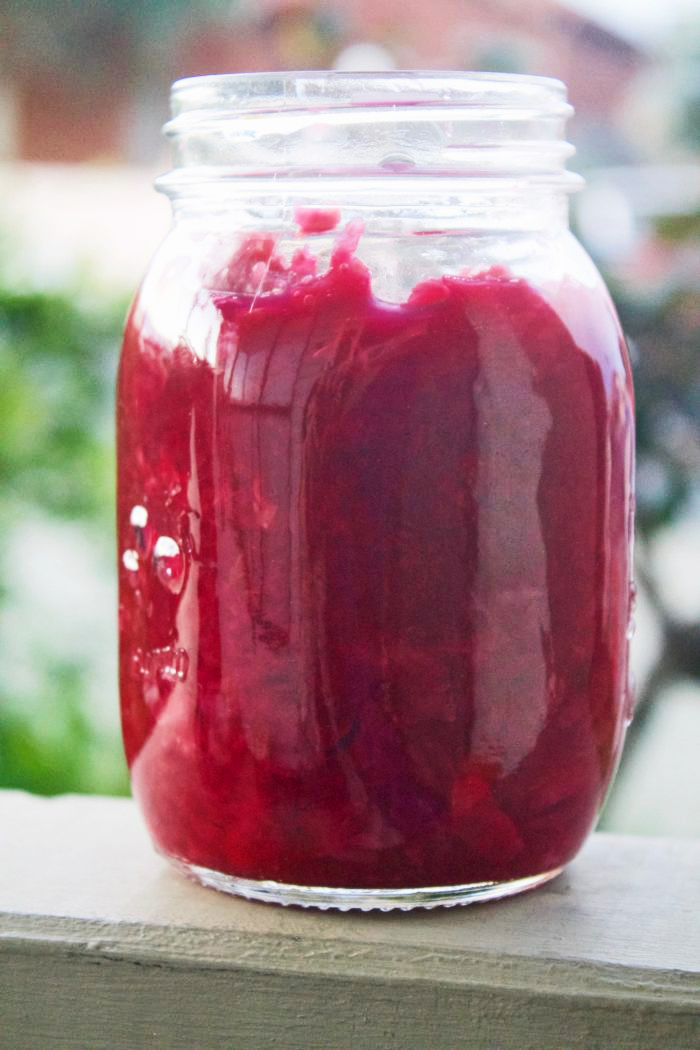

- 1 large beetroot
- 2 cups white cabbage
- 1-2 tablespoons sea salt

Directions
1. Shred beet, either by hand or in a food processor. Set aside.
2. Thinly slice or shred cabbage and mix into shredded beets.
3. Place about 1/4 cup of veggies into sterilized mason jar, and sprinkle with a bit of salt.
4. Using clean wooden or plastic spoon (no metal!) tamper the veggies into the bottom of your jar.
5. Continue the process until the veggies start to wilt and release liquid (this occurs as a result of dehydration from the salt).
6. Continue the process, adding another layer of veggies and then more salt as needed until the jar is a little over halfway full.
7. At this point, the shredded veggies should be completely submerged in liquid (aka brine)--if this is not yet the case, add more salt and continue to tamper until more liquid is released.
8. If you're having trouble keeping your mixture below the brine, you can top it with a weight of some sort--a plastic bag filled with water is ideal.
9. Top your jar with a paper towel or cloth and place a rubber band around the lid.
10. Store in a cool place out of direct sunlight for 7-10 days.
11. On the 7th day, you can start to test your sauerkraut for tartness (if you see any white fuzz on the surface, don't be alarmed--just skim it off).
12. Once sauerkraut has reached optimal flavor, seal it tightly with a lid and store it in the fridge.
2. Thinly slice or shred cabbage and mix into shredded beets.
3. Place about 1/4 cup of veggies into sterilized mason jar, and sprinkle with a bit of salt.
4. Using clean wooden or plastic spoon (no metal!) tamper the veggies into the bottom of your jar.
5. Continue the process until the veggies start to wilt and release liquid (this occurs as a result of dehydration from the salt).
6. Continue the process, adding another layer of veggies and then more salt as needed until the jar is a little over halfway full.
7. At this point, the shredded veggies should be completely submerged in liquid (aka brine)--if this is not yet the case, add more salt and continue to tamper until more liquid is released.
8. If you're having trouble keeping your mixture below the brine, you can top it with a weight of some sort--a plastic bag filled with water is ideal.
9. Top your jar with a paper towel or cloth and place a rubber band around the lid.
10. Store in a cool place out of direct sunlight for 7-10 days.
11. On the 7th day, you can start to test your sauerkraut for tartness (if you see any white fuzz on the surface, don't be alarmed--just skim it off).
12. Once sauerkraut has reached optimal flavor, seal it tightly with a lid and store it in the fridge.
Also by Quincy: Vegan Eggplant Caprese
Related: Benefits of Fermented Food--Plus How to Make DIY Pickles!
Get more like this—Subscribe to our daily inspirational newsletter for exclusive content!
__
Photos: Quincy Malesovas

